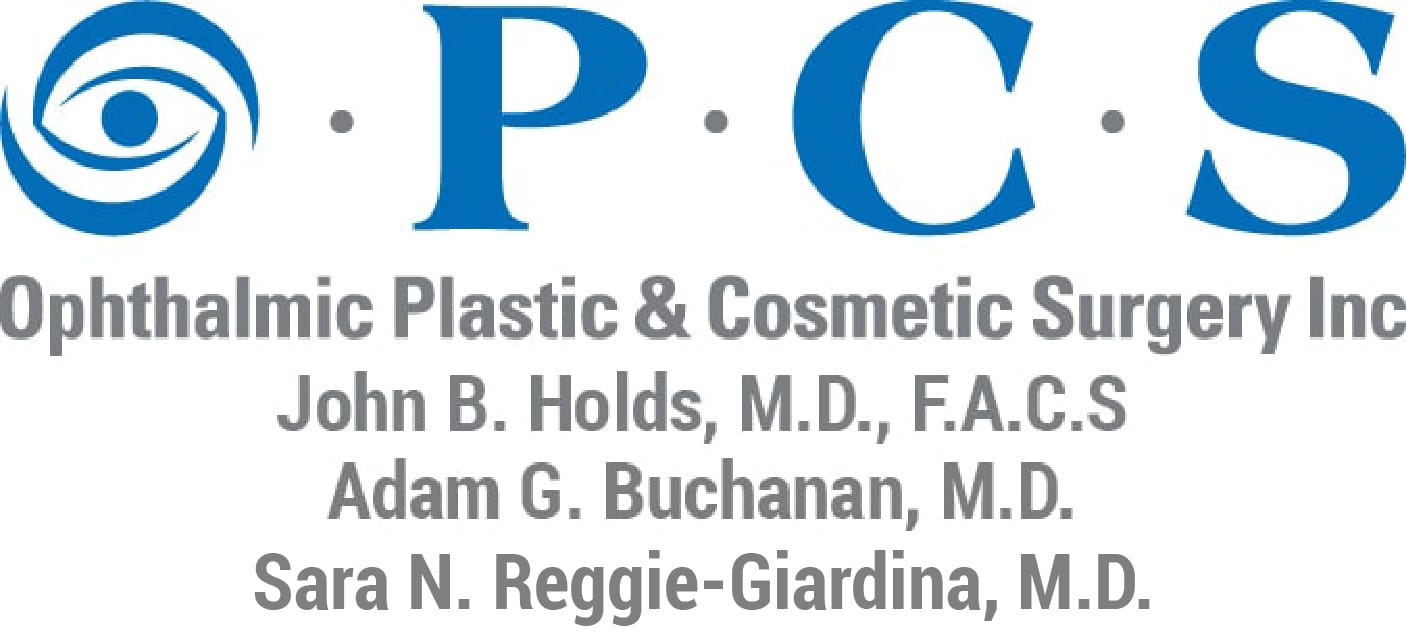What Is It Like to Get Fat Injections?
- Posted on: May 30 2019

As mainstream as fat transfer has become, we realize that patients feel more confident choosing this treatment when they know what is involved. Here, we discuss our process.
Harvesting Fat Cells
Fat transfer is considered surgery because a minor liposuction procedure is needed. However, to adequately treat the face, only 10 to 50 cc of fat cells are needed. This is minuscule compared to the few pounds of fat that are removed during a body-contouring liposuction treatment. For fat transfer, a donor site such as the abdomen or thighs is selected. Then, a saline, epinephrine, and lidocaine solution is injected into the area. This combination of substances numbs nerve endings and also causes fatty tissue to contract so it is easier to remove. Epinephrine also causes constriction in blood vessels to minimize bleeding and post-treatment bruising.
Using Fat Cells
Liposuction removes more matter than is needed for fat transfer. Once the desired matter is obtained, it is then purified to separate fat cells from blood cells and other fluids. The final step can then be performed, which is to inject purified fat into the superficial layer of tissue beneath the skin. This is done with a thin cannula. After inserting the cannula, Dr. Holds then slowly deposits fat cells as the small tube is withdrawn. This lays fatty tissue down in a pattern that results in beautifully natural contouring. Light massage is performed over the inserted fat to initiate its integration.
Recovery from Fat Transfer
There may be two sites that need to recover after fat transfer but that does not equate to a lengthy healing process. The discomfort at the donor site where fat is extracted may develop slight bruising and may feel mildly sore for a few days; only a fraction of the soreness that follows traditional liposuction. It is the receiving site where more side effects may be noticed. Where fat is deposited on the face, patients can expect swelling and mild to moderate bruising. Discomfort is typically very mild here, as well, though. Within a week, most people return to work and most normal activities.
Fat transfer offers long-term improvements in the smoothness and contouring of the face. To learn more, schedule a consultation in our St. Louis office.
Posted in: Fat Transfer

